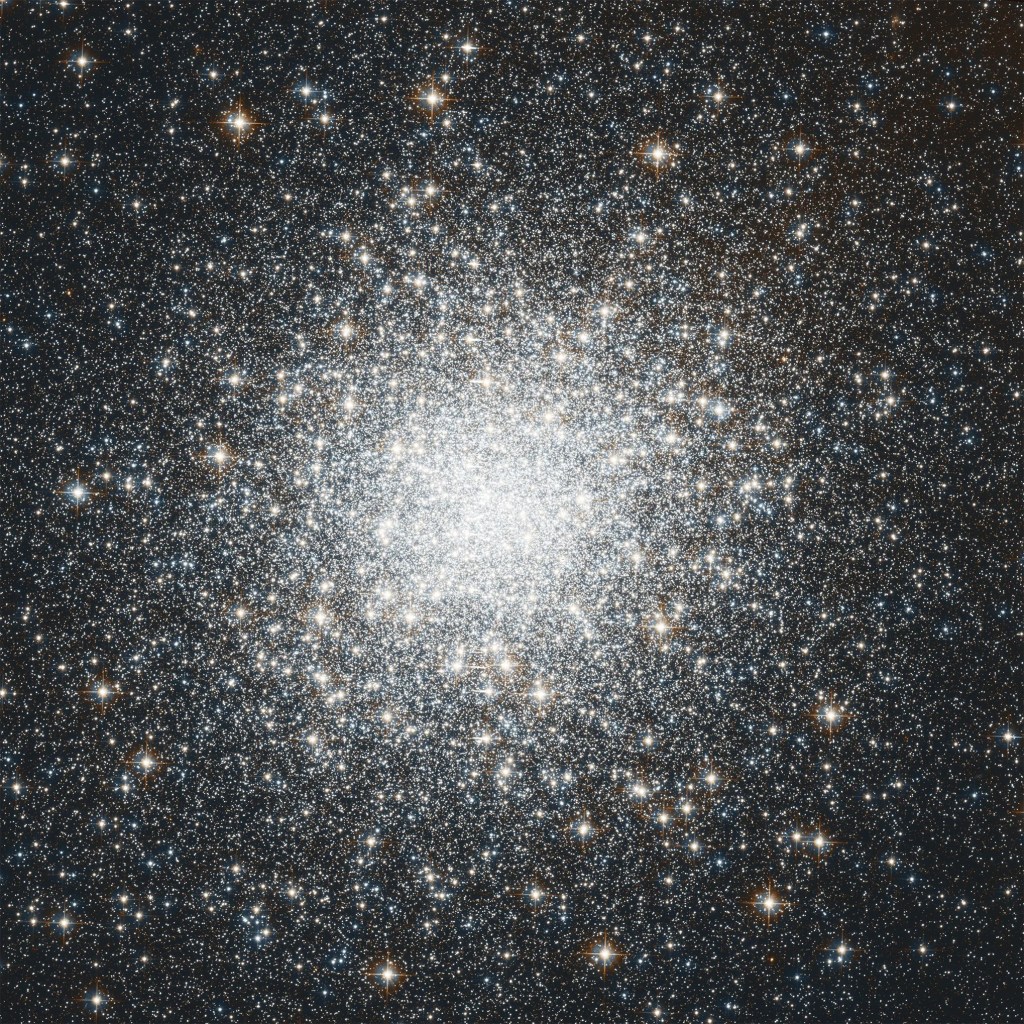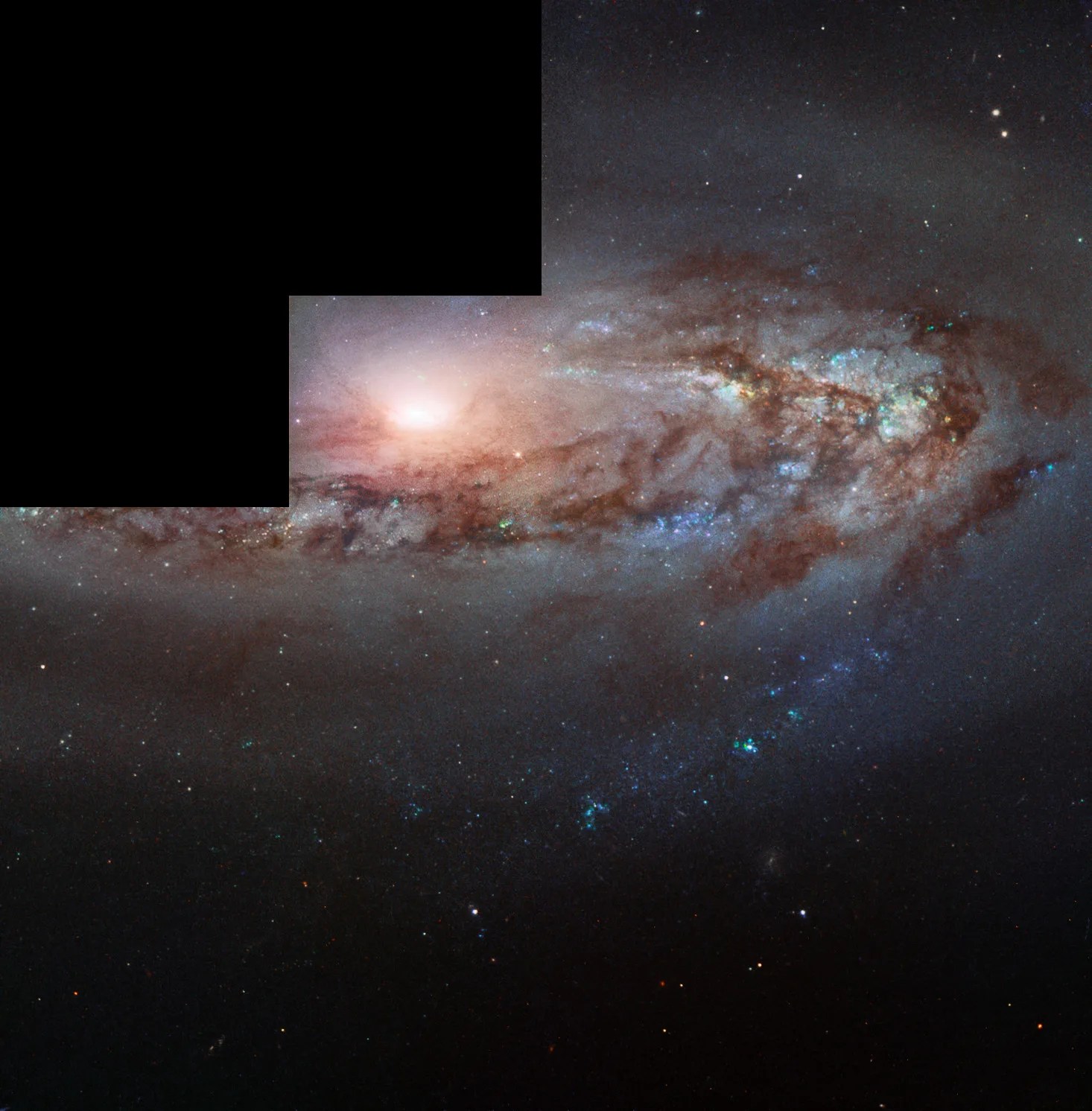Messier 90
This beautiful spiral is expected to evolve into a lenticular galaxy.
Distance
59 million light-years
Apparent Magnitude
9.5
constellation
Virgo
object type
Spiral Galaxy

Messier 90 (M90, also NGC 4569) is a bright, beautiful spiral galaxy located in the constellation Virgo. This galaxy is a member of the large Virgo Cluster of galaxies. It is approximately 59 million light-years away from Earth and has a magnitude of 9.5. M90's orbit took took the galaxy on a path near the cluster’s center about three hundred million years ago. The density of gas in the inner cluster weighed on M90 like a strong headwind, stripping enormous quantities of gas from the galaxy and creating the diffuse halo we see around it. This gas is no longer available to form new stars in M90, with the spiral galaxy eventually fading as a result.
M90 is one of the very few galaxies getting closer to us. Over time, its orbit through the Virgo cluster accelerated so much that M90 is in the process of escaping the cluster entirely. By happenstance, the galaxy is moving in our direction. Other galaxies in the Virgo cluster are moving at similar speeds, but in the opposite direction. As M90 continues to move toward us over billions of years, it will also be evolving into a lenticular galaxy.
Charles Messier found M90 in 1781 while looking at other galaxies in the Virgo cluster. M90 contains approximately a trillion stars and a thousand globular clusters. With the exception of the inner disk region, the galaxy’s arms contain very little star formation. Interactions with neighboring galaxies likely stripped away the gas and material that M90 needs to have active star formation in its outer regions. In the future, M90 is expected to evolve into a lenticular galaxy, which is a galaxy that has qualities of both a spiral and an elliptical galaxy.
The Hubble image above includes data taken by the telescope’s Wide Field and Planetary Camera 2 (WFPC2) in 1994, soon after its installation. This camera produced images with an unusual staircase-like shape (learn why here). Less than half of the galaxy is visible in this image. Astronomers used these Hubble observations to help study the properties of galactic bulges and the cores of nearby galaxies.
The best time to view M90 is in May. It can be seen with binoculars in a clear, dark sky, and telescopes (especially larger ones) will begin to reveal more details of the galaxy, such as its arms and bright core.
For more information about Hubble's observations of M90, see:
Explore Hubble's Messier Catalog
The following pages contain some of Hubble’s best images of Messier objects.

Overview The Messier catalog, begun by astronomer Charles Messier in the 18th Century and revised over the years, includes some…

Better known as the Crab Nebula, Charles Messier originally mistook Messier 1 for Halley’s Comet, which inspired him to create…

Hubble's image of Messier 2 is comprised of visible and infrared wavelengths of light.






























